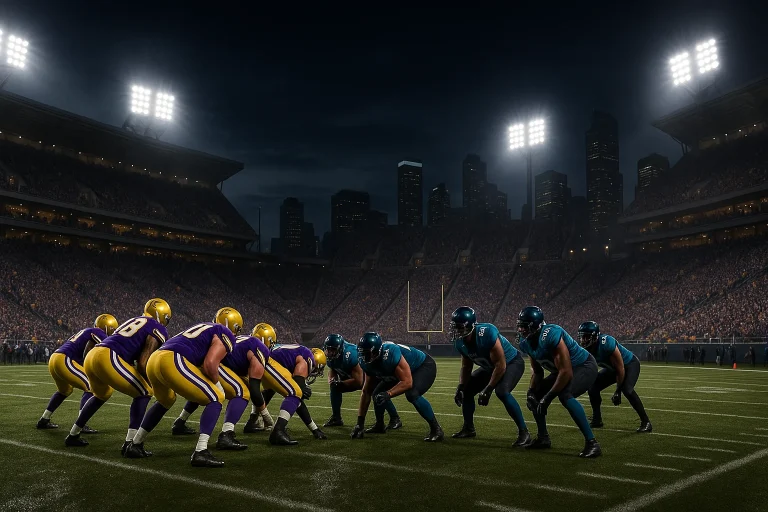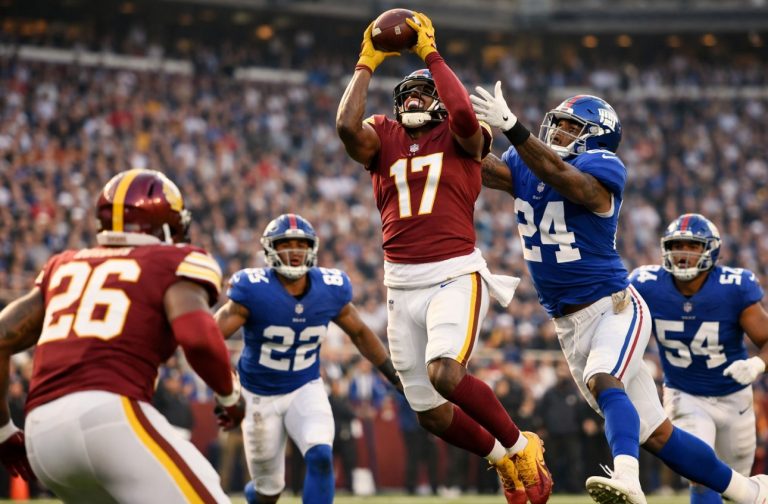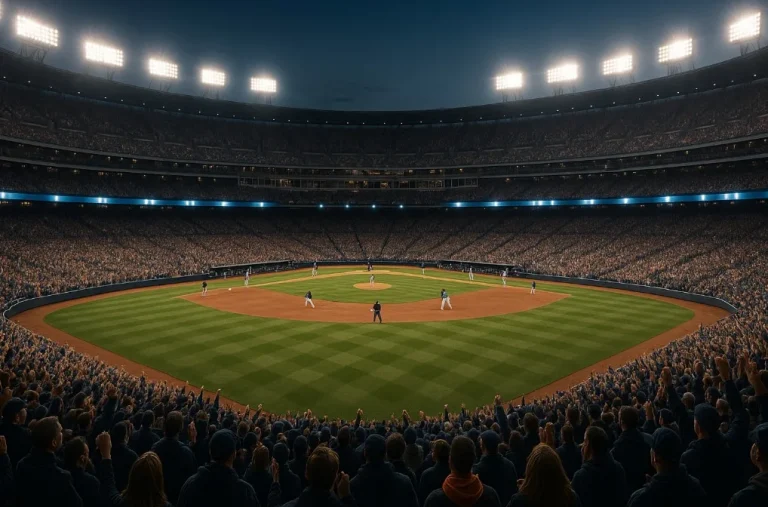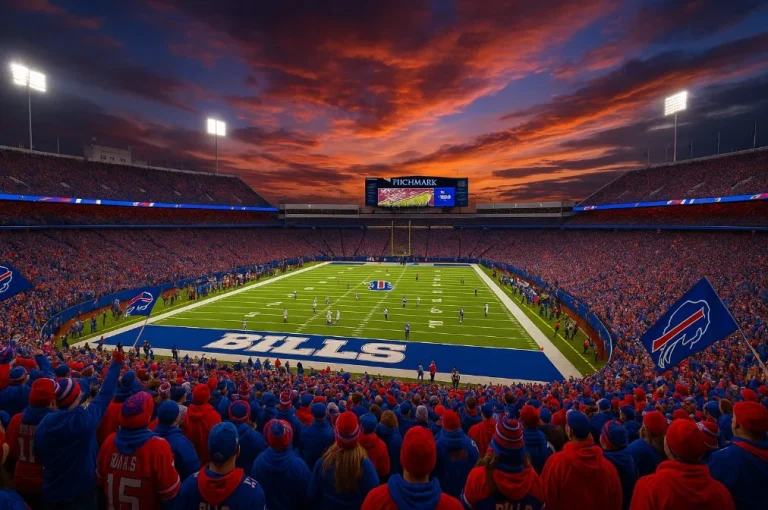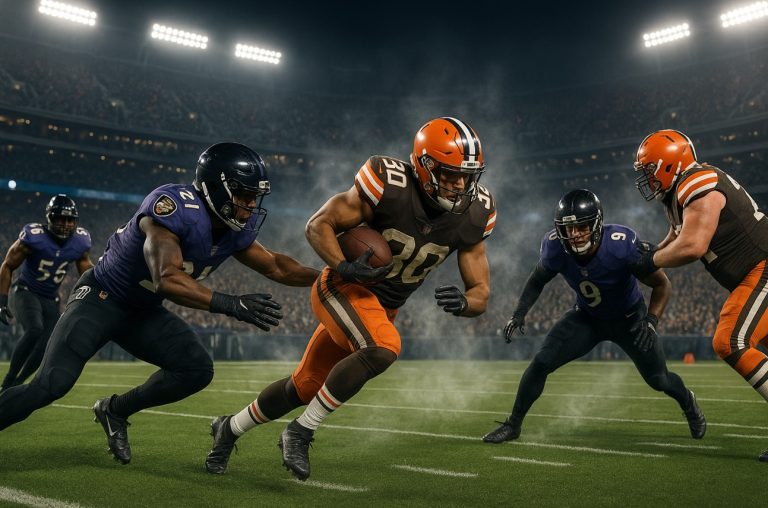Tampa Bay Buccaneers vs New Orleans Saints Match Player Stats
When the Tampa Bay Buccaneers and the New Orleans Saints met on October 13, 2024, under the lights at Caesars Superdome in New Orleans, the stakes were high. Both teams were vying for control in the NFC South, and fans expected an intense, physical game. With an attendance of over 70,000 roaring fans and a long-standing rivalry at play, every moment carried weight.
From offensive firepower to defensive resilience, this match showcased everything the NFL has to offer. But what really made this clash stand out? The answer lies in the player performances, key statistics, and game-turning moments that unfolded throughout the night.
Which Players Made the Biggest Impact on the Field?

This game was a tale of two very different offensive strategies and defensive outcomes. For Tampa Bay, quarterback Baker Mayfield led a high-octane offense, while the Saints leaned on experience from Alvin Kamara and the emerging talent of Spencer Rattler at quarterback.
Buccaneers Key Players
Baker Mayfield had one of his most dynamic performances of the season. Despite throwing three interceptions, he remained composed and efficient during key drives, finishing with four touchdown passes and over 300 yards. Sean
Tucker added explosiveness to the ground game, rushing for 136 yards and a touchdown on just 14 carries, while Chris Godwin Jr. dominated the Saints’ secondary with 125 yards and two touchdowns on 11 receptions.
Saints Key Players
Spencer Rattler showed flashes of promise but struggled with accuracy and protection, completing 22 of 40 passes for 243 yards, 1 touchdown, and 2 interceptions.
Alvin Kamara had a quiet game statistically with just 40 yards on 13 carries but contributed a rushing touchdown. Tight end Foster Moreau added 54 receiving yards, offering some spark to an otherwise limited passing attack.
How Did the Quarterbacks Perform Compared to Each Other?
Quarterback play was central to the flow of this game. While Mayfield’s numbers were impressive, Rattler’s inconsistency under pressure made a difference in momentum.
| Quarterback | Completions/Attempts | Yards | Touchdowns | Interceptions | Yards per Attempt |
|---|---|---|---|---|---|
| Baker Mayfield | 24/36 | 325 | 4 | 3 | 8.6 |
| Spencer Rattler | 22/40 | 243 | 1 | 2 | 4.9 |
Mayfield’s ability to push the ball downfield and convert red-zone chances was instrumental, while Rattler struggled to finish drives.
Which Offensive Units Controlled the Game?
Offensively, Tampa Bay was nearly unstoppable. The Bucs totaled 594 yards, with a balanced mix of passing and rushing.
Their offensive line created clear running lanes for Tucker and protected Mayfield well, allowing only one sack. In contrast, New Orleans managed just 303 total yards, hindered by lackluster third-down efficiency and five sacks allowed.
| Team | Total Yards | Passing Yards | Rushing Yards | First Downs | Yards per Play |
|---|---|---|---|---|---|
| Buccaneers | 594 | 317 | 277 | 31 | 8.2 |
| Saints | 303 | 222 | 81 | 19 | 4.6 |
The Buccaneers also had an impressive 7.9 yards per rush, making their ground game a critical asset in controlling possession.
Did the Running Backs and Receivers Make a Difference?

Tampa Bay’s backfield and receiving corps had a standout night. Sean Tucker’s 136 rushing yards opened up the play-action game, which Mayfield capitalised on with deep passes to Chris Godwin Jr. and Mike Evans.
Meanwhile, Chris Godwin Jr. not only led in receptions but also turned his opportunities into scoring plays, finishing with two touchdowns. On the Saints’ side, Alvin Kamara was largely kept in check, and although tight end Foster Moreau contributed 54 yards, the team lacked consistent playmaking in the receiving game.
| Player | Team | Stat Line |
|---|---|---|
| Sean Tucker (RB) | Buccaneers | 14 CAR, 136 YDS, 1 TD |
| Chris Godwin Jr. (WR) | Buccaneers | 11 REC, 125 YDS, 2 TD |
| Alvin Kamara (RB) | Saints | 13 CAR, 40 YDS, 1 TD |
| Foster Moreau (TE) | Saints | 2 REC, 54 YDS |
How Did the Defenses Shape the Outcome?
Defensively, both teams recorded three turnovers, but the difference lay in pressure and field position. Tampa Bay’s defense, led by Lavonte David and Shaquil Barrett, consistently pressured Rattler, sacking him five times and disrupting passing lanes.
| Player | Team | Total Tackles | Sacks | Interceptions |
|---|---|---|---|---|
| Lavonte David | Buccaneers | 9 (6 solo) | 1 | 1 |
| Willie Gay Jr. | Saints | 1 | 1 | 0 |
| Jordan Howden | Saints | 11 (3 solo) | 0 | 0 |
While both defenses contributed one touchdown each, Tampa Bay’s unit made more crucial stops in key moments, particularly in the red zone.
What Do the Complete Team Stats Reveal About the Game Flow?
The team stats tell a story of control and execution on Tampa Bay’s part, versus inconsistency and inefficiency for New Orleans. One of the most glaring disparities was in rushing attempts and yardage.
| Stat Category | Buccaneers | Saints |
|---|---|---|
| Total Plays | 72 | 66 |
| Total Drives | 14 | 14 |
| Turnovers | 3 | 3 |
| 3rd Down Efficiency | 6/10 | 4/13 |
| 4th Down Efficiency | 0/0 | 1/1 |
| Red Zone Conversions | 4/5 | 2/4 |
| Penalties (Yards) | 12-86 | 7-70 |
| Sacks Allowed | 1 | 5 |
| Time of Possession | 34:02 | 25:58 |
Despite committing more penalties, the Buccaneers maintained composure in crucial drives and capitalised on their red zone opportunities.
How Did Special Teams and Officiating Factor Into the Game?
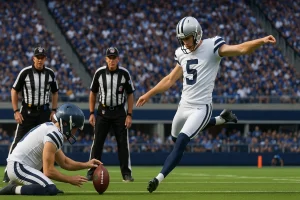
Special teams played a more subdued but consistent role. Each team executed on extra points and avoided costly special teams errors. There were no blocked kicks or long returns that significantly shifted momentum.
The officiating, led by referee Clete Blakeman, was generally fair, though both teams accumulated penalties. Tampa Bay, in particular, will need to address discipline moving forward, having been flagged 12 times for 86 yards.
What Does This Result Mean for the NFC South?
This game served as a turning point in the division standings. With this dominant win, the Buccaneers reinforced their claim as NFC South front-runners. Their balance on offense and physicality on defense gives them an edge in a division where every win counts.
The Saints, on the other hand, must address several issues quarterback protection, third-down conversions, and their rushing game, if they want to remain competitive down the stretch.
How Does This Game Affect Fantasy Football Lineups?
Fantasy football managers who bet on Tampa Bay’s playmakers were rewarded. Chris Godwin Jr. and Sean Tucker both posted top-tier fantasy numbers, while Baker Mayfield’s four-touchdown outing provided a major boost despite the turnovers.
Saints players offered less value overall. While Kamara’s touchdown helped, the lack of yardage and turnovers from Rattler limited scoring opportunities for others.
FAQs – Buccaneers vs Saints Match Player Stats
Who was the top offensive performer in this game?
Chris Godwin Jr. was the standout offensive performer with 125 receiving yards and 2 touchdowns.
How did the Buccaneers’ rushing game compare to the Saints’?
The Buccaneers rushed for 277 yards on 35 attempts, while the Saints managed just 81 yards on 21 attempts.
Were turnovers a major factor?
Both teams committed three turnovers, but the Buccaneers capitalised better on theirs, especially in red zone situations.
Which defense recorded more sacks?
Tampa Bay’s defense dominated the trenches with 5 sacks, compared to New Orleans’ 1.
What was the red zone efficiency of both teams?
Tampa Bay converted 4 out of 5 red zone opportunities, while New Orleans went 2 for 4.
How many total yards did each team accumulate?
The Buccaneers amassed 594 yards, nearly double the Saints’ 303.
What’s next for both teams after this game?
Tampa Bay aims to maintain its divisional lead with upcoming matchups, while the Saints face internal adjustments and a crucial stretch of games.


